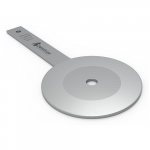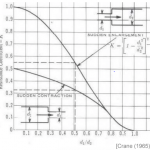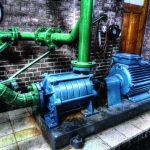Venturi and orifice meters are devices that reduce the pressure of a moving stream to measure its average velocity, volumetric flow rate, or mass flow rate. The continuity equation and Bernoulli’s equation quantitatively link the pressure drop to the velocity or flow rate of the flowing fluid. In this article, you will learn the differences between a venturi meter vs. an orifice meter, applications, and other alternatives.
Venturi Meter vs. Orifice Meter Differences
What is a Venturi Meter?
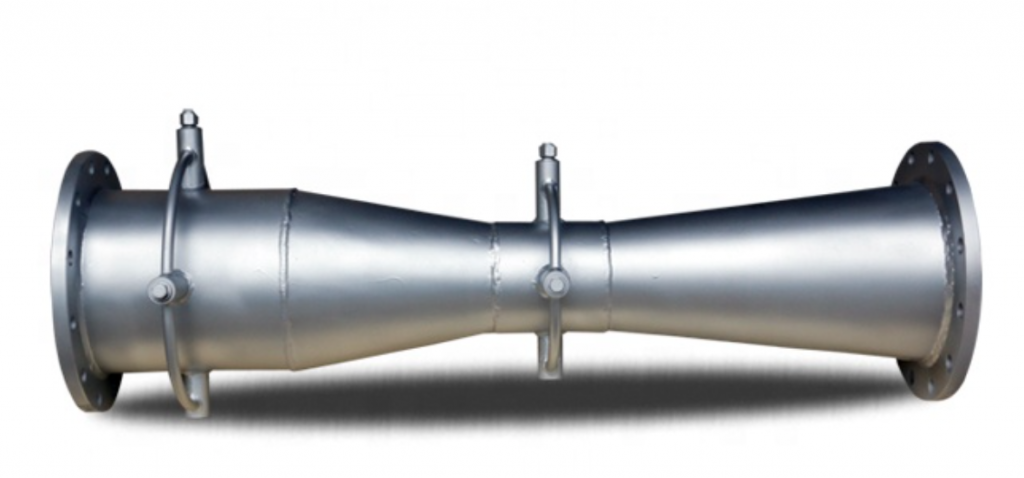
The venturi meter’s ability to measure flow rate results from the convergent and divergent sections of the throat. The converging section creates a pressure difference between the pipe section and the throat. Instrumentation fits into the thread-olet location.
The primary components of the venturi meter are the convergent cone, throat, and diverging cone. Reading of the pressure drop allows users to convert to flow rate.
What is an Orifice Meter?
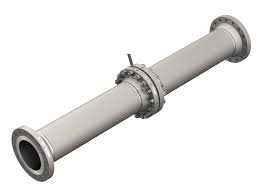
On the other hand, an orifice meter measures liquid flow rate via flow restriction. The means of flow restriction is an orifice plate. An orifice plate, sometimes called a restriction orifice, affixes into the flow stream via a plate housing. Orifice plates may have several types of designs and are typically categorized as single hole, multi-hole, and multi-stage.
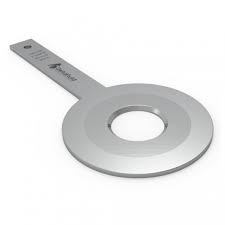
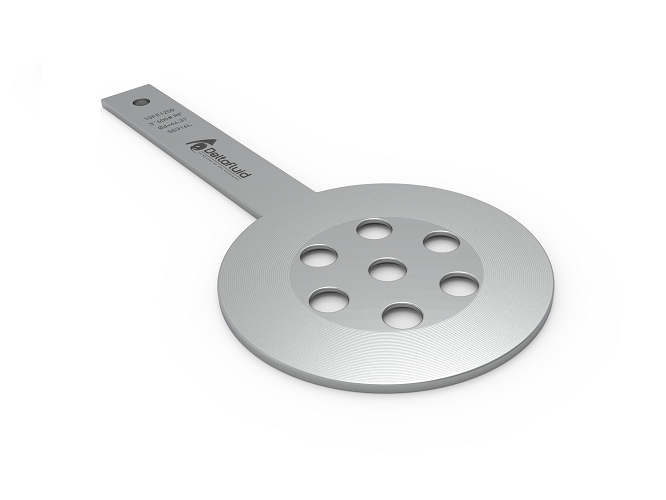
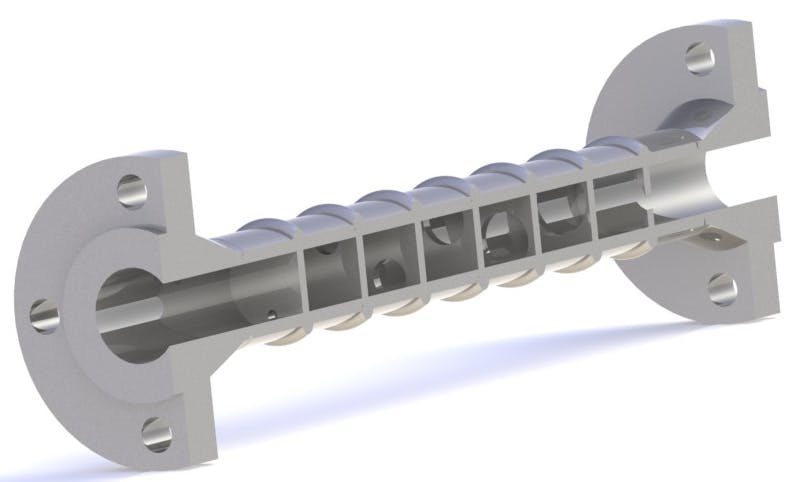
Technicians can easily change orifice plates for different flowrate ranges without disconnecting the complete orifice meter from the flow line.
Pressure Loss – Venturi Meter vs. Orifice Meter
The diverging section of the venturi meter recovers the pressure lost in the convergent section. As a result, typical pressure losses measure around 10%.
Pressure losses in an orifice meter are much greater than in a venturi meter. This is due to the lack of a pressure recovery element.
Coefficient of Discharge – Venturi Meter vs. Orifice Meter
The Coefficient of Discharge is the ratio of experimentally discharge record to theoretical discharge derived via formulae. In the venturi meter, the value of the discharge coefficient can be up to 0.98, which is relatively high and nears the maximum achievable value of 1. In contrast, a typical discharge coefficient in an orifice meter lies in the neighborhood of 0.6.
The coefficient of discharge becomes important during the computation of fluid dynamics, process modeling, and PFD generation. It helps to counteract overly simplistic modeling of process systems that result in higher than expected efficiencies.
Pipe Installation Angle
Venturi meters may be installed in the horizontal, vertical, or angled position. They don’t require straight flow paths and ensure insensitivity to velocity changes.
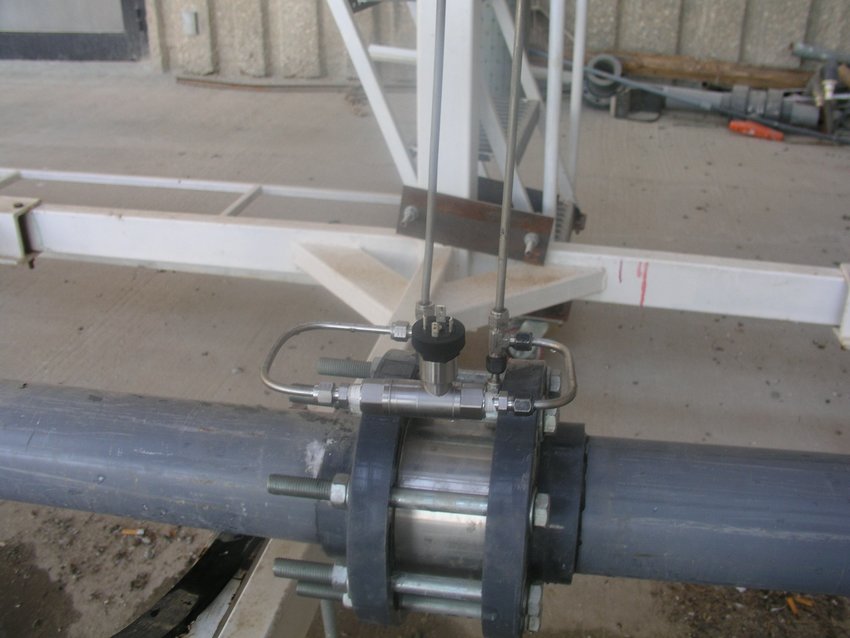
On the other hand, the orifice meter requires straight pipe installation. To ensure low-pressure loss and optimum accuracy in measuring average velocity, the velocity vector of the fluid must flow perpendicular to the orifice plate.
Clogging Problems
Because the venturi meter’s shape precludes any form of blockage, it works well for any fluid – regardless of viscous or sediment. The liquid flows in a streamlined pattern and sweeps particle solids along with the flow.
Because the obstruction design causes dead zones where materials might deposit and collect over time, the orifice meter usually does not work well for heterogeneous and high viscosity fluids.
Operational Flexibility
The venturi meter manages a broader range of fluid flow rates than the orifice meter, but the range of flow rates it handles is set once it is specified and in operation.
Technicians can simply remove and replace orifice plates with other orifice plates with different hole diameters or configurations. As a result, orifice meters provide far more operational flexibility.
Cost
The venturi meter has a complicated design. It’s an engineered piece of equipment with a higher fabrication cost than the orifice meter. Pipelines generally incur larger expenses and complexity when maintaining a venturi meter.
Liquid or Gas Usage
Incompressible fluids, operate well with the venturi meter. Liquids and flowing gases with a Mach number less than 0.3 are considered incompressible fluids. The orifice meter mainly measures liquids.
Applications
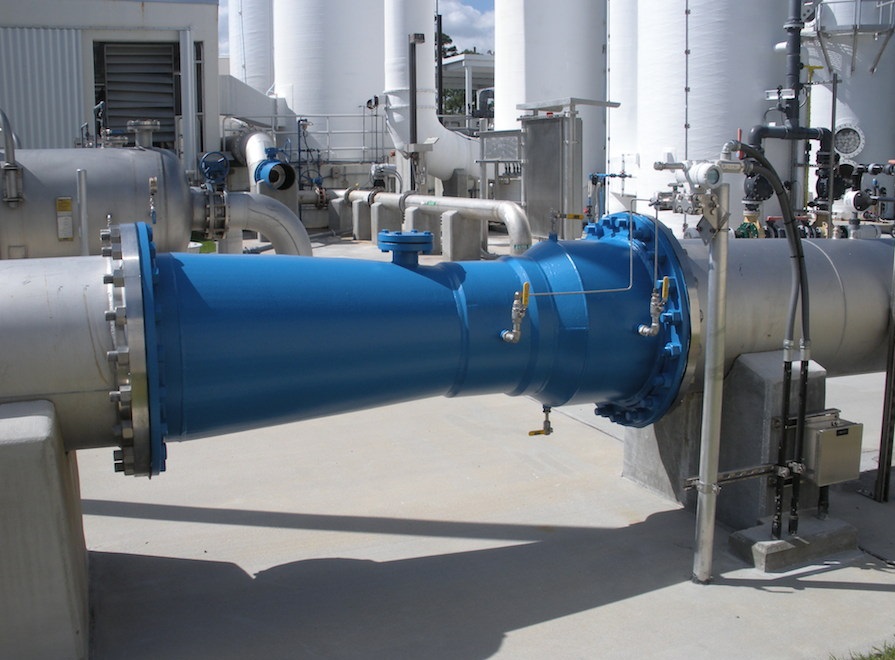
Venturi meters are used in pipelines at wastewater collection systems and treatment plants. They work well in wastewater pipes because their design allows for solids to pass through them instead of collecting in front.
Orifice meters monitor flow rates in a wide range of settings. Applications include finer grain processing at water treatment plants, petrochemical, and any type of processing plant. Due to its cheaper price tag and flexibility, orifice meters provide a flexible situation for cost-sensitive operators.
Alternatives
Nozzles
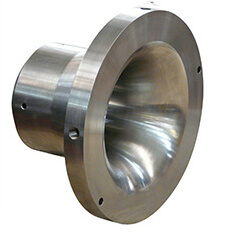
A nozzle forms from pipe or tube and provides a variable cross-sectional area that guides or changes fluid flow (liquid or gas). Engineers typically specify and control the flow rate, speed, direction, mass, shape, and/or pressure of the stream that emerges from nozzles. The velocity of fluid increases in a nozzle somewhat rapidly and usually is associated with significant pressure drop.
Magnetic Flow Meter
Magnetic flowmeters apply a magnetic field to the fluid in the pipe. Thus, a small electronic potential difference occurs. This measure relates to the velocity of water and allows for flow calculations to occur the continuity equation.
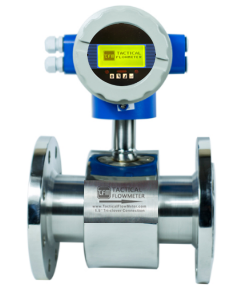
Magnetic meters provide the same diameter as the adjacent pipe and do not impede the flow path. This makes their use favorable in applications that require high flow efficiency. They tend to be an expensive alternative to other applications. Magnetic meters do not work with nonconductive process fluids such as hydrocarbons or natural gas.
Turbine Flow Meters
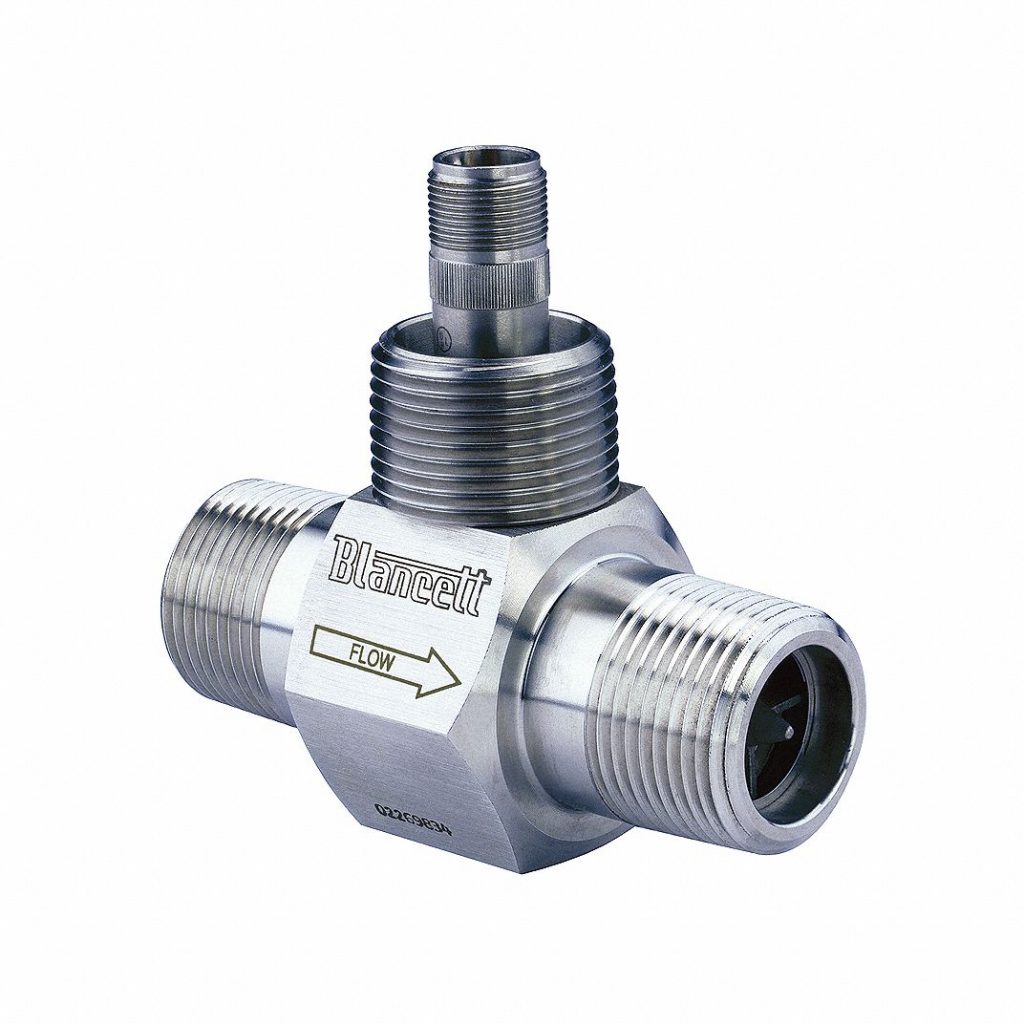
Turbine flow meters are mechanical devices that feature a rotating turbine in the stream of flow. The rotating speed relates to velocity, allowing for the computation of flow via the continuity equation. Turbine meters have high sensitivity to clogging and also impart high-pressure drop to the fluid. As such, these properties limit turbine flow meter applications to highly pure process media.
